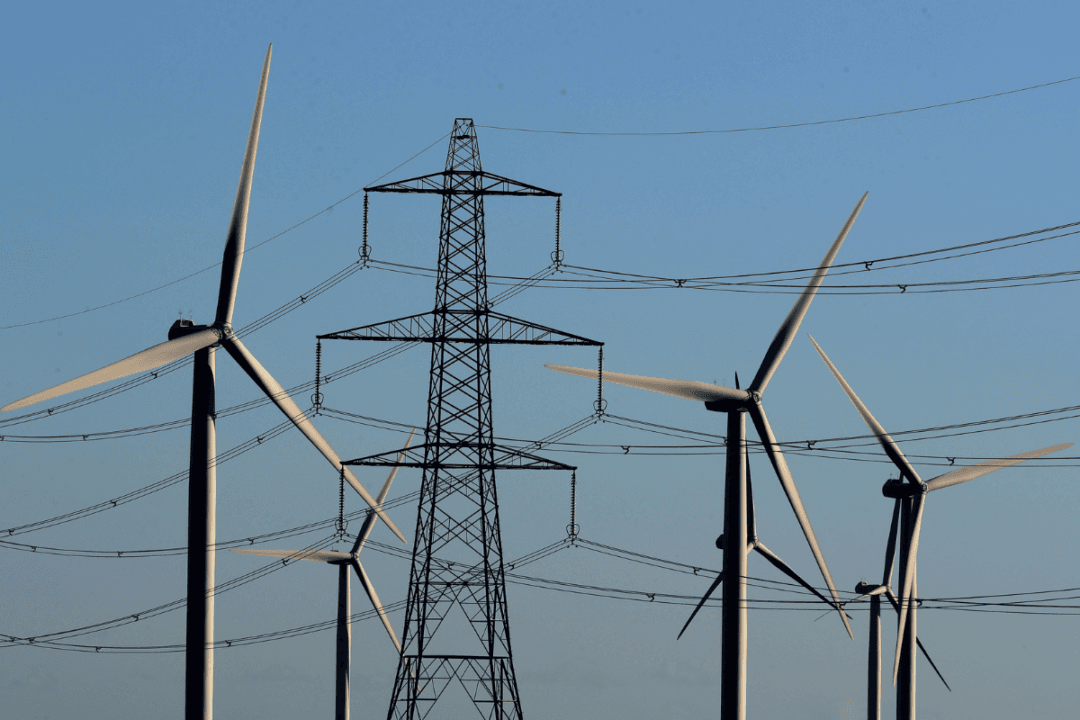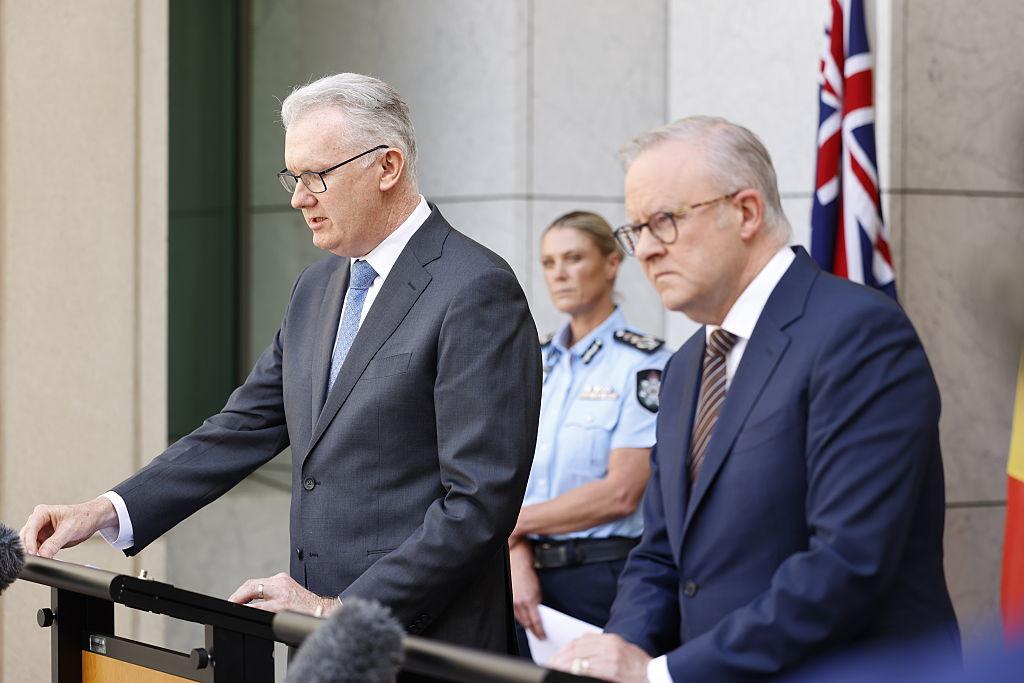Nuclear generation on the scale being promoted by proponents—including the federal opposition—is unprecedented, but there are “no known technical barriers” to it going ahead, Australia’s national science agency says.
The GenCost report is prepared each year by CSIRO (Commonwealth Scientific and Industrial Research Organisation) in collaboration with the Australian Energy Market Operator (AEMO) and covers the cost of building future electricity generation, storage, and hydrogen production.





